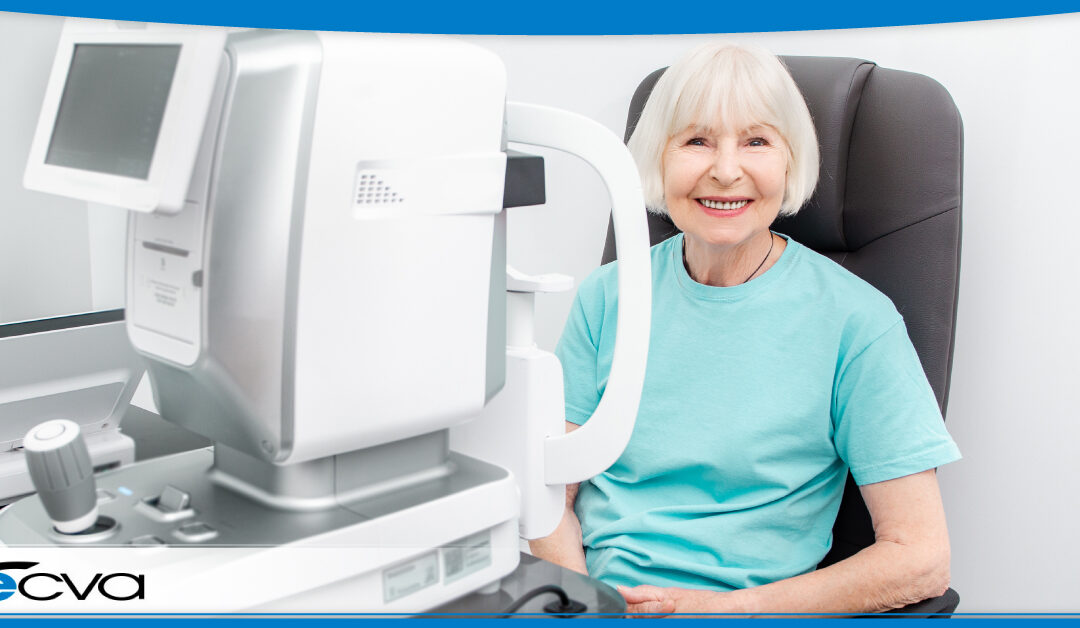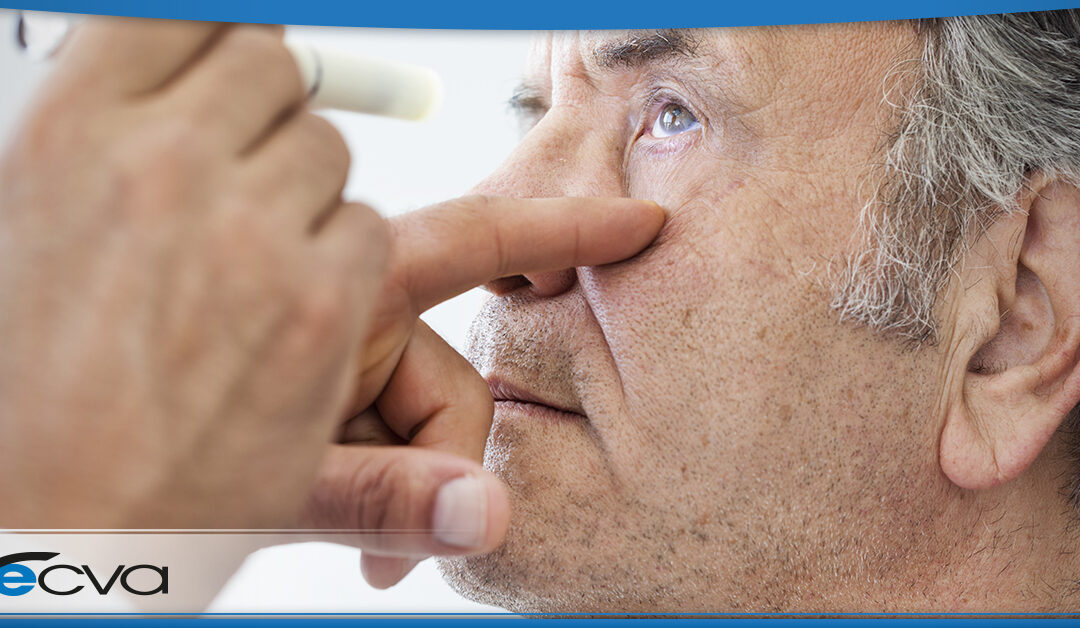
by ecvaeyeadminz | Jun 4, 2024 | Glaucoma
Glaucoma is a group of eye conditions that damage the optic nerve – which is an essential part of vision – and is often linked to increased pressure inside the eye. Secondary glaucoma, a type of this condition, arises as a complication of another medical issue or...

by ecvaeyeadminz | Dec 7, 2023 | Glaucoma
Glaucoma is a chronic and progressive eye condition that’s also the leading cause of blindness in the world. Damage occurs as intraocular pressure (IOP) builds, which harms the optic nerve, causing irreversible vision loss. Traditional glaucoma treatments usually...

by ecvaeyeadminz | Nov 9, 2023 | Glaucoma
To put it simply, a glaucoma diagnosis is intimidating for many patients. Glaucoma is a leading cause of blindness. While there’s no cure for glaucoma, there are treatment options designed to help preserve your vision, including Durysta. Durysta is a newer treatment...

by ecvaeyeadminz | Jan 5, 2023 | Glaucoma
Glaucoma is an eye condition involving damage to the optic nerve, at times also including increased intraocular pressure. Over time, glaucoma typically leads to permanent vision loss as the optic nerve deteriorates. Anyone is technically at risk of developing...

by ecvaeyeadminz | May 5, 2022 | Glaucoma
Glaucoma is an eye condition impacting the optic nerve. As intraocular pressure builds, damage to the optic nerve can occur, leading to permanent vision defects and loss, potentially leading to blindness. While glaucoma isn’t typically preventable, early...






